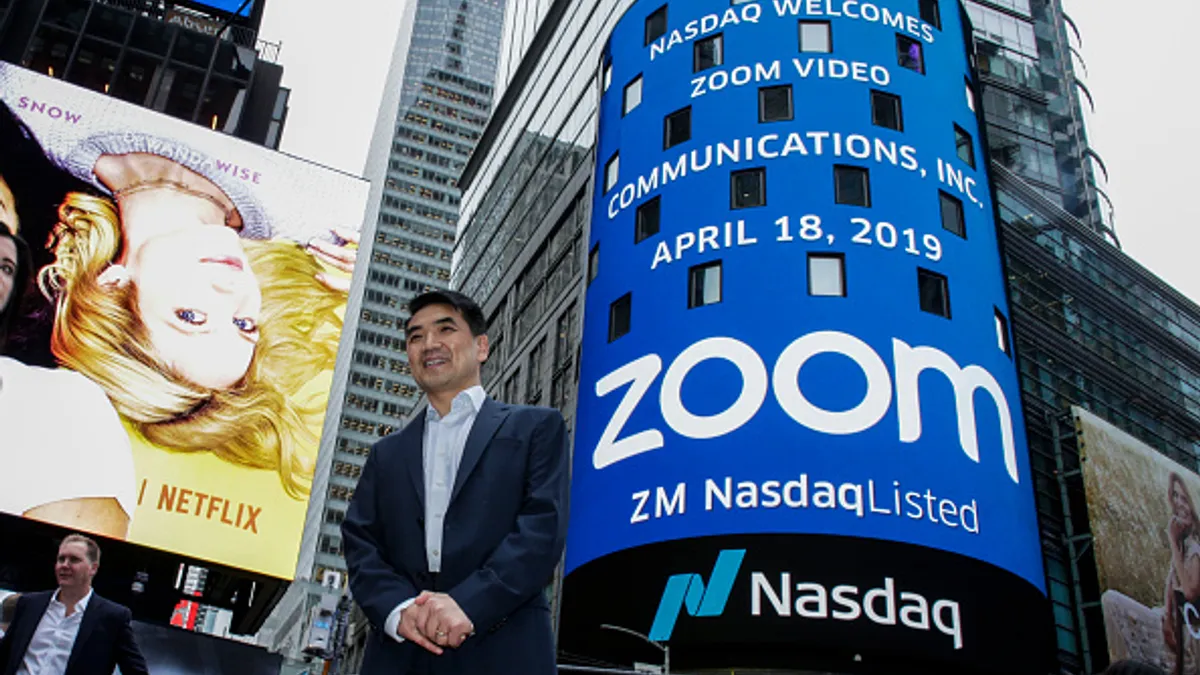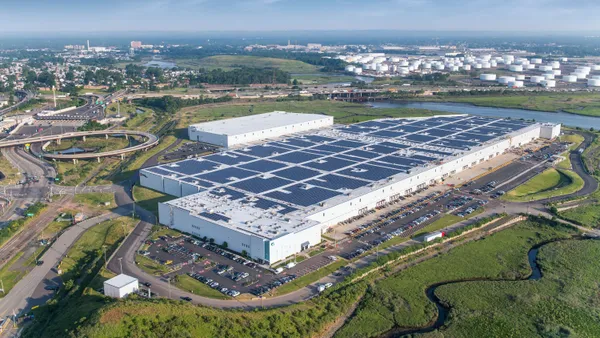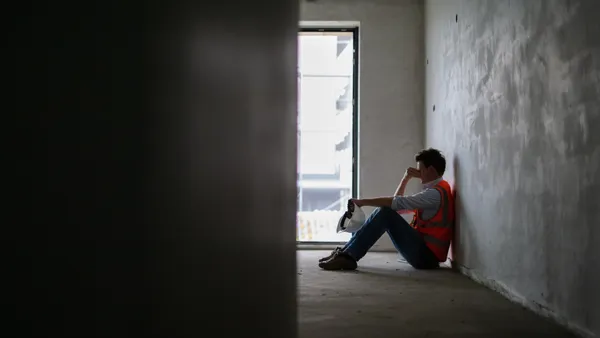Dive Brief:
- Expected layoffs of about 300,000 federal workers by the Trump administration’s Department of Government Efficiency may trigger wider unemployment and slow economic growth, according Torsten Sløk, chief economist at Apollo Global Management.
- The number of vulnerable federal jobs pales next to the 7 million unemployed U.S. workers, Sløk said. Yet given that there are two private sector contractors for every federal employee, “layoffs could potentially be closer to 1 million,” he said in a report.
- “Any increase in layoffs will push jobless claims higher over the coming weeks, and such a rise in the unemployment rate is likely to have consequences for rates, equities and credit,” Sløk said, while acknowledging that “incoming economic data remains strong.”
Dive Insight:
The economy last year belied predictions of a downturn and grew 2.5%, fueled in large part by unexpected strength in consumer spending.
The job market, after softening in the summer, firmed up by September, prompting the Federal Reserve to cut the benchmark interest rate by a full percentage point by the end of the year.
Many economists expect just a slight slowing in growth this year.
The Conference Board expects gross domestic product to increase 2.3% in 2025, while Goldman Sachs forecasts 2.5% growth this year.
During the first quarter of 2025, GDP will probably expand at a 2.3% annual rate, the Atlanta Fed said on Wednesday.
“The overall picture is that the U.S. economy remains on a firm footing, with output growing at a solid pace,” Fed Governor Adriana Kugler said in a speech Thursday.
The election of Donald Trump for his second presidential term in November sparked investor and C-suite optimism.
The Standard & Poor’s 500 Index hit a record on Wednesday and CEOs surveyed by the Conference Board from Jan. 27 until Feb. 10 voiced the brightest outlook in three years.
The share of chief executives during the current quarter planning to boost capital spending in the next 12 months rose 8 percentage points to 33%, the Conference Board said, reporting on a survey co-conducted with the Business Council from Jan. 27 to Feb. 10.
Yet signs of weakness have recently emerged, with the murky outlook for U.S. tariff and other policies eroding sentiment among consumers and purchasing managers.
“Economic policy uncertainty is spiking higher,” Sløk said, noting that “near-term downside risks to the economy and markets are growing.”
“The question is if persistently elevated policy uncertainty will begin to have a negative impact on capex spending and hiring decisions,” he said.
The Fed last month held the main interest rate at a range between 4.25% and 4.75%, noting a lack of clarity in federal regulation, trade, immigration and taxation under the Trump administration.












